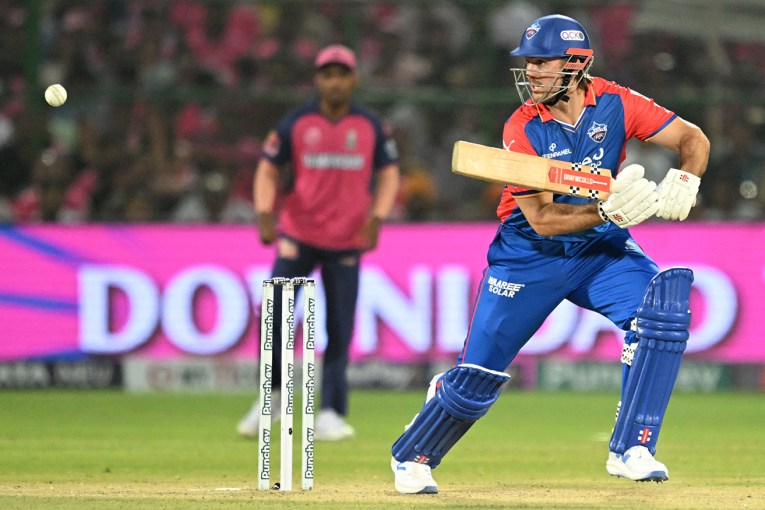Geoff Lawson: Why Aussie cricketers struggle on road


Steve Smith is dismissed by Dale Steyn. Photo: Getty
ANALYSIS
The Australians have only themselves to blame.
They have amplified the recent noise on their away record by making public promises – like their form will improve – that are hard to keep.
It is the modern way but perhaps some old-fashioned introspection may serve them better.
The nuances of playing away, of which there are many, are not as difficult to combat in limited-overs contests.
And on occasions in South Africa, Australia showed it could still play good cricket with the white ball.
But a 5-0 series loss can only be described as a flogging.
The defeat will soon join the trashcan of “meaningless one-day series’” when the pink ball is flying around in the opening Tests of the summer.
Mitchell Starc and Josh Hazlewood will be back then, too.
Australia’s players will be disappointed with their recent away form but the solutions do not lie in using a different brand of cricket ball or having bonus points on offer in Sheffield Shield matches.
The reason Australia was a dominant Test playing country for so long was because our ‘home’ conditions varied as you crossed the nation.
Now the major pitches are homogenous and conditions rarely vary.
The WACA Ground is now slower and occasionally spins and the SCG turns less and bounces more.
That has made the two once antithetical sites less distinguishable in the way they behave.

Australia were thrashed in South Africa. Photo: Getty
Each cricket-playing nation has its own set of playing conditions.
Australian teams have been struggling since the 19th century to be successful in England and almost no visiting team wins in India – especially in the longer form of the game.
Sometimes sides get it right with a combination of outstanding and adaptable players. Sometimes.
But the history of the international game teaches us the lesson – Australia has produced many great fast bowlers, England creates seamers and from the sub-continent countries you get wonderful spinners.
Why? Because that is what works best most of the time on the pitches in the respective countries.
So Australia’s failures against the swinging, seaming ball in England and the spinning ball in Sri Lanka are quite understandable.
That’s why practice and acclimatisation is so important.
In less hasty times, major tours contained several serious lead-up fixtures where players adapted to local conditions while competing.
You see, batsmen develop instincts over repeated exposure.
Bowlers pitch and spin at learned lengths to practised fields.
As Australia has found out, if you play most of your cricket in conditions tailor-made for batting then you will make a lot of runs.
That doesn’t mean you create better batsmen, though, and is indeed a major handicap when it is time to face skilful bowlers who can move the ball through the air and/or off the pitch.
Those selectors, administrators and advisors who think that ‘easier’ wickets to bat on are what is needed should have a good long look at their trophy cabinet.
Challenge batsmen to improve their skills and let bowlers have the tools to provide that challenge.
Then both the standard and breadth of skills across Australian cricket will lift.
And Australia’s away record will have a chance to improve.








